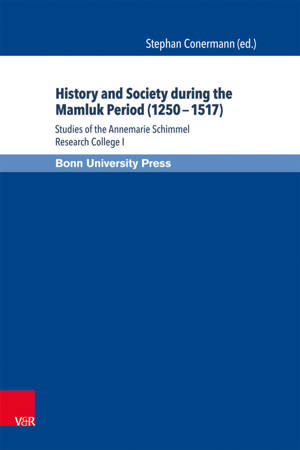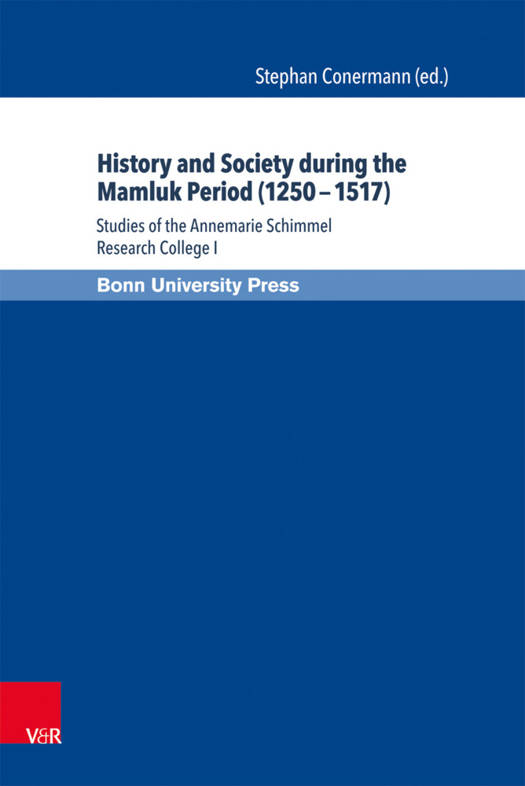
- Afhalen na 1 uur in een winkel met voorraad
- Gratis thuislevering in België vanaf € 30
- Ruim aanbod met 7 miljoen producten
- Afhalen na 1 uur in een winkel met voorraad
- Gratis thuislevering in België vanaf € 30
- Ruim aanbod met 7 miljoen producten
Zoeken
History and Society During the Mamluk Period (1250-1517)
Studies of the Annemarie Schimmel Research College I
€ 109,95
+ 219 punten
Omschrijving
Once a person starts to study the 250-some years of the Mamluk Era in Egypt and Syria (12501517), one characteristic of that period stands out immediately the very unusual polarization of its society. A predominantly Arabic population was dominated by a purely Turkish-born elite of manu-mitted military slaves who sought to regenerate themselves continuously through a self-imposed fiat. The only person who could become a Mamluk was a Turk who had been born free outside the Islamic territories as a non-Muslim, then enslaved, brought to Egypt as a slave, converted to Islam, freed, and finally, trained as a warrior. Only those who met these prerequisites were members of the ruling stratum with all the concomitant political, military, and economic advantages. On this historically unique model of a society, Stephan Conermann has published a series of seminal articles. In this edited volume the reader gets an excellent introduction to some of the central issues of the ongoing research on the Mamluk history and society.
Specificaties
Betrokkenen
- Uitgeverij:
Inhoud
- Aantal bladzijden:
- 229
- Taal:
- Engels
- Reeks:
- Reeksnummer:
- nr. 5
Eigenschappen
- Productcode (EAN):
- 9783847102281
- Verschijningsdatum:
- 12/03/2014
- Uitvoering:
- Hardcover
- Formaat:
- Genaaid
- Afmetingen:
- 160 mm x 234 mm
- Gewicht:
- 476 g

Alleen bij Standaard Boekhandel
+ 219 punten op je klantenkaart van Standaard Boekhandel
Beoordelingen
We publiceren alleen reviews die voldoen aan de voorwaarden voor reviews. Bekijk onze voorwaarden voor reviews.







